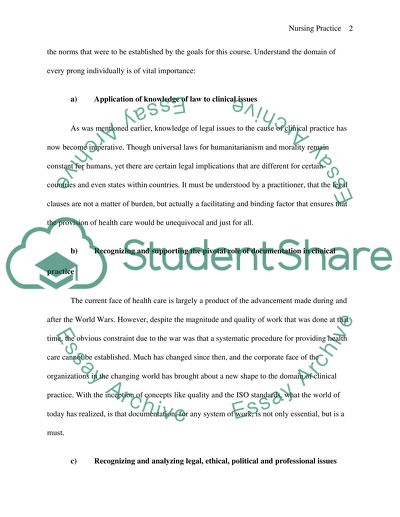Cite this document
(“Nursing Practice Essay Example | Topics and Well Written Essays - 3500 words”, n.d.)
Retrieved from https://studentshare.org/nursing/1502045-nursing-practice
Retrieved from https://studentshare.org/nursing/1502045-nursing-practice
(Nursing Practice Essay Example | Topics and Well Written Essays - 3500 Words)
https://studentshare.org/nursing/1502045-nursing-practice.
https://studentshare.org/nursing/1502045-nursing-practice.
“Nursing Practice Essay Example | Topics and Well Written Essays - 3500 Words”, n.d. https://studentshare.org/nursing/1502045-nursing-practice.


